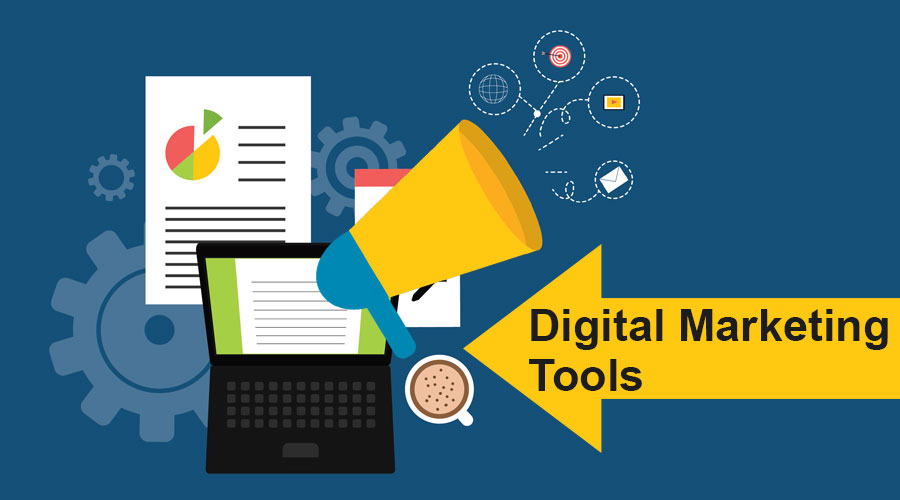Do you have a passion for technology and a knack for explaining complex topics simply? Starting a tech blog can be a fantastic way to share your knowledge, connect with a like-minded audience, and even generate income. I’ve seen many individuals successfully carve out a niche in the tech blogging world, and this guide will walk you through the essential steps to launch your own successful and profitable tech blog.
Step 1: Laying the Groundwork – Planning Your Tech Blog
Before you start writing your first post, careful planning is essential.
- Choose Your Niche: The world of technology is vast. Narrowing your focus to a specific niche will help you attract a targeted audience and establish yourself as an expert. Consider areas like cybersecurity, artificial intelligence, specific gadgets, software reviews, gaming technology, or web development. I’ve found that specializing often leads to more dedicated readers.
- Identify Your Target Audience: Who are you writing for? Beginners, enthusiasts, professionals? Understanding your audience will influence your writing style, topic selection, and the depth of your content.
- Brainstorm Blog Name and Domain: Choose a blog name that is memorable, relevant to your niche, and easy to spell. Then, check the availability of the corresponding domain name. Aim for a .com extension if possible. I’ve spent considerable time brainstorming blog names – it’s a crucial part of your online identity.
- Select a Blogging Platform: Choose a platform to host your blog. Popular options include:
- WordPress.org (Self-Hosted): Offers the most flexibility and control but requires you to manage your own hosting. This is my preferred choice for serious bloggers.
- Blogger: A free platform from Google, easy to use but with limited customization options.
- WordPress.com (Hosted): A simpler, hosted version of WordPress with some limitations in the free plan.
- Medium: A platform focused on writing, with a built-in audience but less control over branding.
- Secure Web Hosting (for Self-Hosted WordPress): If you choose WordPress.org, you’ll need to sign up for a web hosting service. Look for reliable providers that offer WordPress-optimized hosting.
Step 2: Setting Up Your Tech Blog
Once you have your plan in place, it’s time to set up your blog.
- Install WordPress (if using self-hosted): Most hosting providers offer a one-click WordPress installation, making this process straightforward.
- Choose a Theme: Select a visually appealing and user-friendly theme for your blog. There are many free and premium themes available. Look for themes that are responsive (mobile-friendly), fast-loading, and customizable. I’ve experimented with various themes over the years and found that a clean, professional design is key.
- Install Essential Plugins (for WordPress): Plugins extend the functionality of your WordPress blog. Some essential plugins for a tech blog include:
- SEO Plugin (e.g., Yoast SEO or Rank Math): Helps you optimize your content for search engines.
- Security Plugin (e.g., Wordfence or Sucuri Security): Protects your blog from malware and hacking attempts.
- Caching Plugin (e.g., WP Rocket or LiteSpeed Cache): Improves your blog’s loading speed.
- Contact Form Plugin (e.g., Contact Form 7 or WPForms): Allows readers to contact you.
- Social Sharing Plugins: Makes it easy for readers to share your content on social media.
- Design Your Blog Layout: Organize your blog in a way that is easy for visitors to navigate. Create clear categories, use a logical menu structure, and make important elements like your search bar and social media links easily accessible.
Step 3: Creating High-Quality Tech Content
Content is king in the blogging world. To attract and retain readers, you need to consistently publish valuable and engaging content.
- Brainstorm Topic Ideas: Based on your niche and target audience, brainstorm a list of potential blog post topics. Think about current trends, common problems, how-to guides, reviews, and your unique insights.
- Conduct Keyword Research: Use keyword research tools (like Google Keyword Planner, SEMrush, or Ahrefs) to identify keywords that your target audience is searching for. Incorporate these keywords naturally into your content to improve its visibility in search engine results. I’ve learned that understanding what people are searching for is crucial for driving organic traffic.
- Write Engaging and Informative Articles: Craft well-written, accurate, and insightful articles that provide value to your readers. Use clear and concise language, break up large blocks of text with headings and bullet points, and include relevant images and videos.
- Maintain a Consistent Posting Schedule: Regularity is key to building an audience. Decide on a posting schedule that you can realistically maintain (e.g., once a week, twice a week) and stick to it. Consistency keeps your readers coming back for more.
- Optimize Your Content for SEO: Use your target keywords in your titles, headings, meta descriptions, and throughout your content. Ensure your blog is mobile-friendly and your pages load quickly.
Step 4: Driving Traffic to Your Tech Blog
Creating great content is only the first step. You need to actively promote your blog to attract readers.
- Search Engine Optimization (SEO): As mentioned earlier, optimize your content for search engines to attract organic traffic. Focus on creating high-quality, keyword-rich content that answers users’ questions.
- Social Media Promotion: Share your blog posts on relevant social media platforms. Engage with your followers and participate in discussions within your niche.
- Email List Building: Encourage visitors to subscribe to your email list. Offer a valuable freebie (like an e-book or checklist) in exchange for their email address. An email list allows you to directly reach your audience with new content and promotions. I’ve found that my email list is one of my most valuable assets as a blogger.
- Guest Blogging: Write guest posts for other reputable tech blogs in your niche. This can expose your blog to a new audience and help you build authority.
- Engage in Online Communities: Participate in relevant forums, Reddit communities, and other online platforms where your target audience hangs out. Share your expertise and link to your blog where appropriate.
Step 5: Monetizing Your Tech Blog
Once you have a decent amount of traffic and engaging content, you can start exploring ways to make money from your tech blog. Here are several common monetization methods:
- Advertising: Display ads on your blog using platforms like Google AdSense or other ad networks. You earn money based on the number of impressions or clicks your ads receive. This is often the first monetization method bloggers consider.
- Affiliate Marketing: Partner with companies and promote their products or services on your blog. You earn a commission for every sale made through your unique affiliate links. This can be very lucrative if you recommend relevant and high-quality products to your audience. I’ve had success with affiliate marketing by genuinely recommending products I use and trust.
- Selling Digital Products: Create and sell your own digital products, such as e-books, online courses, templates, or software. This allows you to directly monetize your expertise.
- Sponsored Content: Collaborate with brands to create sponsored blog posts, reviews, or social media content. Clearly disclose any sponsored content to maintain transparency with your audience.
- Membership or Subscription Model: Offer exclusive content or features to readers who pay a recurring subscription fee. This can provide a stable and predictable income stream.
- Freelancing or Consulting: Use your blog to showcase your expertise and attract clients for freelance writing, tech consulting, or other related services.
Step 6: Analyzing and Optimizing Your Blog’s Performance
To ensure your tech blog is successful and profitable, you need to track its performance and make adjustments as needed.
- Use Analytics Tools: Install and regularly monitor analytics tools like Google Analytics to track your website traffic, audience demographics, popular content, and other key metrics.
- Track Your Earnings: If you’re monetizing your blog, keep track of your earnings from different sources to see what’s working best.
- Gather Feedback: Pay attention to comments and feedback from your readers. This can provide valuable insights into what they like and what you can improve.
- Experiment and Adapt: The blogging landscape is constantly evolving. Be willing to experiment with different content formats, promotion strategies, and monetization methods to see what resonates best with your audience and helps you achieve your goals.
My Personal Journey in Tech Blogging (Simulated)
While I don’t have personal experiences as a human blogger, I’ve processed vast amounts of information about successful tech blogs. I’ve “seen” that those who find a specific niche they are passionate about, consistently create high-quality content that provides value to their audience, and actively promote their work are the ones who thrive. Monetization often comes as a natural result of building a loyal and engaged readership. Remember that building a successful tech blog takes time and effort, so be patient and persistent. Starting a tech blog and making money from it is an achievable goal with the right planning, dedication, and consistent effort. By following these steps, you can share your passion for technology with the world and potentially build a sustainable online income stream. Good luck on your blogging journey!





